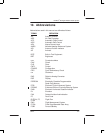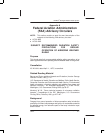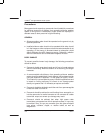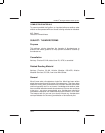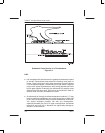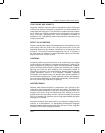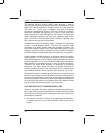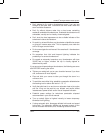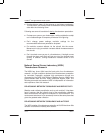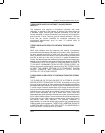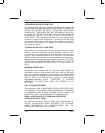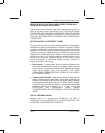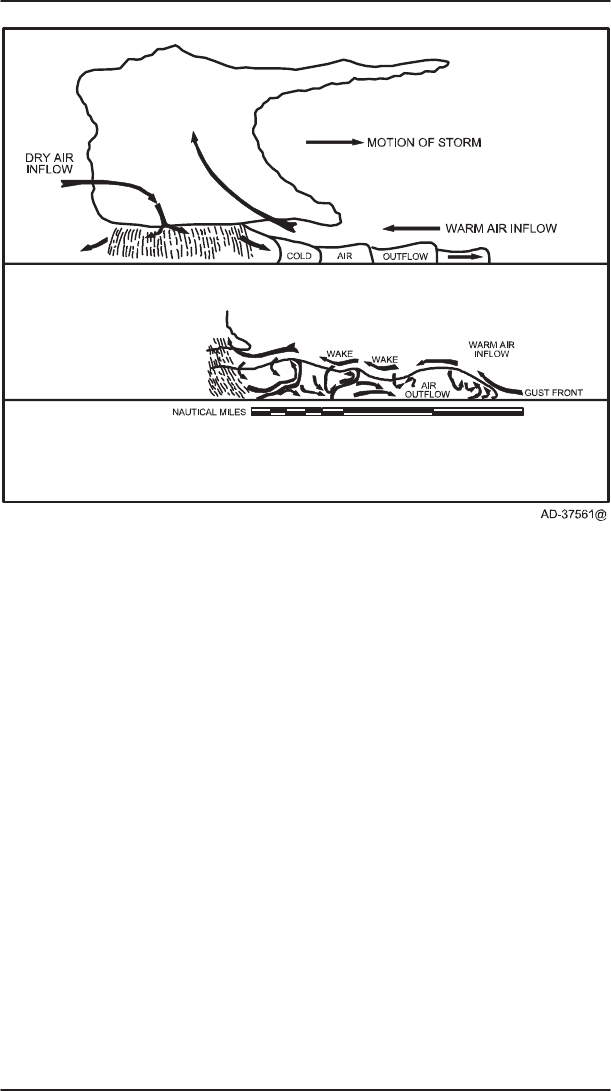
PRIMUS
R
660 Digital Weather Radar System
A28–1146–111
REV 2
Federal Aviation Administration (FAA) Advisory Circulars
A–6
0 5 10 15
COLD
Schematic Cross Section of a Thunderstorm
Figure A–1
HAIL
D Hail competes with turbulence as the greatest thunderstorm hazard
to aircraft. Supercooled drops above the freezing level begin to
freeze. Once a drop has frozen, other drops latch on and freeze to
it, so the hailstone grows – sometimes into a huge iceball. Large hail
occurs with severe thunderstorms with strong updrafts that have
built to great heights. Eventually, the hailstones fall, possibly some
distance from the storm core. Hail may be encountered in clear air
several miles from dark thunderstorm clouds.
D As hailstones fall through air whose temperature is above 0 _C, they
begin to melt and precipitation may reach the ground as either hail
or rain. Rain at the surface does not mean the absence of hail aloft.
You should anticipate possible hail with any thunderstorm,
especially beneath the anvil of a large cumulonimbus. Hailstones
larger than one–half inch in diameter can significantly damage an
aircraft in a few seconds.



